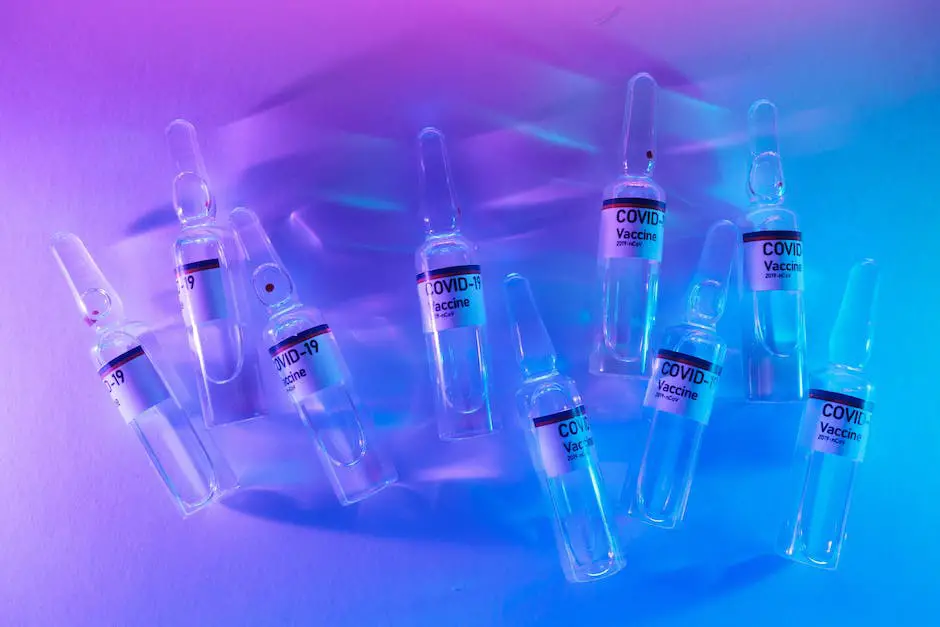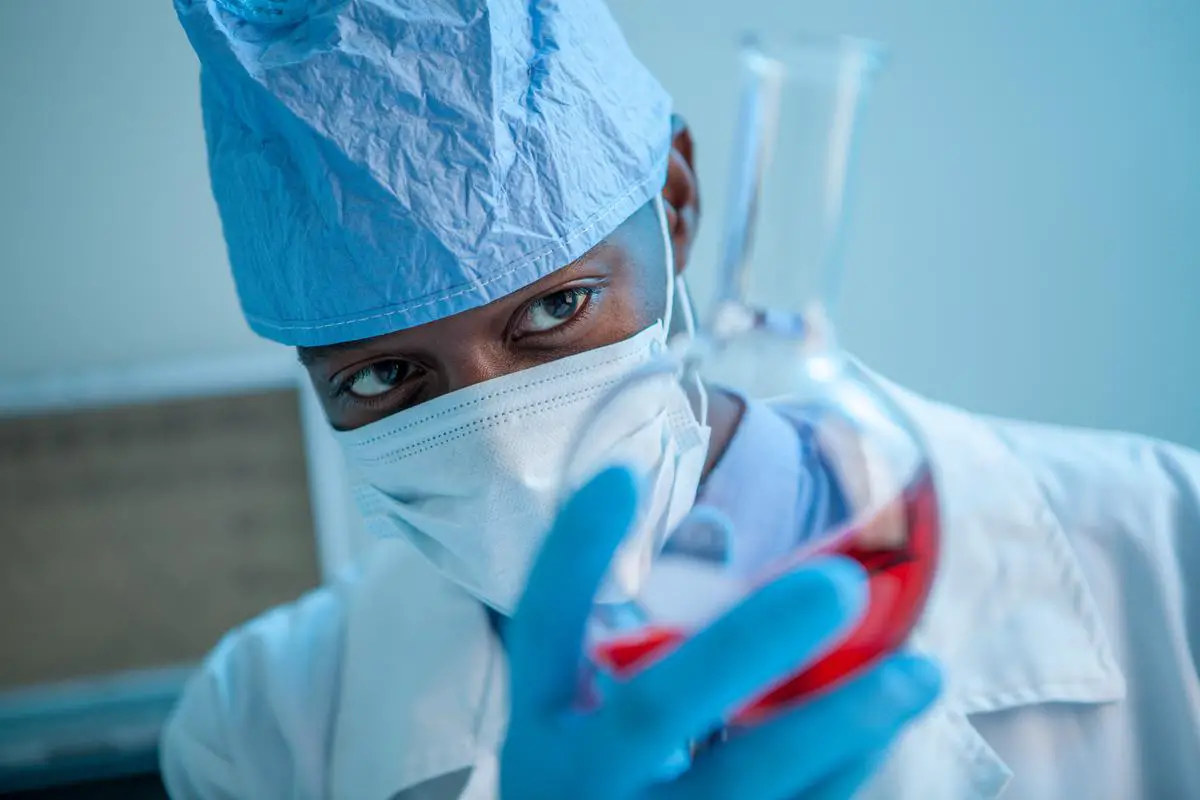In the intricate machinery that is the human body, testosterone serves as a key cog. This foundational hormone, a critical element in the physiological makeup of both men and women, plays an essential role in health and well-being. However, when testosterone levels are not in balance, it can result in a host of physical and emotional challenges. This exploration will help you unpack the mystery of testosterone, understand its pivotal function, observe the consequences of low levels, and delve into one of the possible interventions – testosterone therapy. Through this examination, we aspire to render a comprehensive understanding of the therapy, dissect its potential benefits, risks, and its application in specific health conditions.
Understanding Testosterone
Understanding Testosterone and Its Role in the Human Body
Testosterone is a sex hormone that plays essential roles in the human body. It’s classified as an androgen, i.e., a hormone that promotes the development of male characteristics. Though it’s present in both genders, men produce it in significantly higher amounts than women.
In men, testosterone is primarily produced in the testes, while women’s ovaries generate a comparatively smaller quantity. Additionally, both genders produce a very small amount of testosterone in their adrenal glands.
This hormone primarily facilitates growth and development during puberty, driving changes such as the deepening of the voice, the growth of facial and body hair, and the development of a muscular built. It also contributes to bone mass, fat distribution, red blood cell production, and the maintenance of sexual and reproductive health.
Men’s testosterone levels usually peak during early adulthood and gradually decrease with age, typically about 1%-2% per year after age 30. Women’s testosterone levels also decline with age, dropping significantly during menopause.
The Impact of Testosterone on Physical and Emotional Health
Testosterone has profound effects on physical and emotional health. Physically, optimum testosterone levels contribute to energy, strength, lean body mass, and bone health. Emotionally, it contributes to feelings of well-being, cognitive health, and protecting against disorders such as depression and anxiety.
Low testosterone levels, clinically termed hypogonadism, can lead to physical changes including reduced muscle mass and strength, increased body fat, osteoporosis, and anemia. Additionally, it can contribute to changes in mood, decreased energy, and sexual problems such as low libido and erectile dysfunction.
Common Symptoms and Conditions Related to Low Testosterone Levels
Recognizing the symptoms of low testosterone levels can aid in early diagnosis and management. Common signs can include fatigue, depression, poor concentration, decreased sex drive, reduced muscle mass and strength, and an increase in body fat.
Some additional concerning conditions may also be associated with low testosterone levels. Notably, metabolic syndrome, a condition characterized by high blood pressure, high blood sugar, abnormal cholesterol levels, and excess body fat around the waist, has been linked to low testosterone levels. Hypogonadism is also associated with type 2 diabetes, obesity, and inflammatory conditions.
While reduced testosterone levels can be a natural part of aging, significantly low levels, especially in younger individuals, often signify underlying health issues that require investigation and management. Testosterone therapy is one such treatment approach that physicians may consider based on individual circumstances.
An Introduction to Testosterone Therapy
Testosterone therapy refers to the method of boosting testosterone levels in the body through the use of treatments like injections, patches, or gels. It’s a commonly utilized treatment for hypogonadism and the symptoms associated with this condition.
Despite its benefits, testosterone therapy does come with potential risks and side-effects. It may improve bone density, mood, and sexual function, but it can also increase the likelihood of developing heart conditions, prostate disease, obstructive sleep apnea and can potentially lead to polycythemia, a condition marked by a surplus of red blood cells in the body.
Taking these factors into account, the decision to initiate testosterone therapy should be made in collaboration with a healthcare provider, considering the individual’s symptoms, overall health, and a thorough risk-benefit analysis.

About Testosterone Therapy
Understanding Testosterone Therapy Further
Putting it simply, testosterone therapy is a medical treatment utilized frequently in the case of hypogonadism, a condition where the body doesn’t generate adequate amounts of testosterone. It’s crucial to note that testosterone is the hormone responsible for the development of masculine characteristics during puberty. The occurrence of hypogonadism could be due to issues with the testicles or the pituitary gland, which is responsible for controlling the functioning of the testicles.
Benefits of Testosterone Therapy
Testosterone therapy is beneficial in numerous ways and can help restore normal testosterone levels in your body. Common benefits include improved mood, energy levels, and sex drive. Additionally, it can also aid in improving cognitive functions, increasing bone density and red blood cell production. Moreover, this therapy is often utilized to manage the symptoms of low testosterone levels which could include fatigue, depression, and poor concentration among others.
Mechanisms of Testosterone Therapy
Testosterone therapy works by boosting the body’s testosterone levels. By doing so, it may help minimize symptoms associated with low levels of the hormone, such as decreased muscle mass and strength, depression or anxiety, sleep disturbances and low libido. The therapy is administered through injection, skin patches, gels, or pills.
Different Modes of Administration
Testosterone therapy can be administered in a few ways. Testosterone injections are typically administered by a healthcare provider every one or two weeks. Skin patches or gels containing testosterone (brand names: Androgel, Testim) can be used daily, applied to the skin, and absorbed through the skin over a period of time. Oral testosterone is also available, usually in the form of capsules or tablets taken once or twice daily.
Safety and Precautions
However, it’s imperative to consider potential risks and side-effects before proceeding with testosterone therapy. These may include acne, fluid retention, decreased testicular size, and mood swings. Increased risk of heart disease has been linked with testosterone therapy, particularly for those with a history of heart conditions. Regular follow-ups and consultations with a healthcare provider are necessary to ensure that the benefits outweigh the risks. It is highly advisable to seek a healthcare provider’s advice and guidance while planning to undergo this therapy.
Concluding Remarks
Testosterone therapy offers a potentially effective treatment for those grappling with insufficient testosterone levels. It delivers numerous advantages including boosted spirits, heightened energy, and an enhanced sexual drive – all of which could drastically ameliorate a person’s overall wellbeing. But, consideration of the potential risks and side-effects is equally critical. Therefore, comprehensively discussing with a healthcare professional is of paramount importance, enabling an informed choice regarding the adoption of testosterone therapy.

Who Needs Testosterone Therapy
Identifying Candidates for Testosterone Therapy
Individuals suffering from hypogonadism, a condition characterized by abnormally low testosterone levels resulting from issues in the testicles or the pituitary gland, often consider testosterone therapy. Hypogonadism can happen to both men and women causing unique symptoms in both sexes.
In men, low testosterone levels can be exhibited through symptoms like reduced sexual drive, erectile dysfunction, low sperm count, and overgrown breasts. In women, symptoms may present as infertility, irregular or missed menstrual cycles, and decreased libido. Restoring testosterone levels using therapy can help to mitigate these symptoms.
Besides hypogonadism, testosterone therapy might be beneficial for other conditions and life stages such as menopause in women or andropause in men. During these periods, the body’s natural hormone production declines. Raising these levels through testosterone therapy can help alleviate symptoms like fatigue, depression, hot flashes, and reduced libido.
Risk Factors & Pre-existing Conditions
If testosterone therapy is being considered, certain risk factors and pre-existing conditions must be taken into account. Among these are prostate cancer, heart disease, sleep apnea, blood clots, and liver disease. Studies have suggested that testosterone therapy can stimulate the growth of prostate cells, potentially leading to a cancer diagnosis in those predisposed. Similarly, the treatment can cause issues for individuals with heart disease by increasing the risk of non-fatal heart attacks.
In the case of sleep apnea, testosterone therapy can worsen the condition. For those with a history of blood clots, the therapy can increase the likelihood of them reoccurring. Finally, testosterone is processed in the liver, so people with liver disease may not be able to properly process the hormone, leading to system overload and worsened symptoms.
Thorough Medical Evaluations & Assessments in Testosterone Therapy
Undergoing a comprehensive health assessment is a crucial first step in testosterone therapy. This typically entails acquiring an in-depth medical history, executing a physical examination, and performing blood tests to gauge hormone levels.
Blood tests, ideally carried out in the morning when testosterone levels peak, are routinely repeated for definitive diagnosis. If fertility is a potential concern, semen analysis could be included. Additionally, imaging tests to examine the pituitary gland and testes, and genetic evaluations to detect any potential genetic factors may also be carried out.
In the early stages of testosterone therapy, doctors often meticulously monitor patients to measure the therapy’s effectiveness and manage any adverse reactions. These frequent check-ins often entail regular blood tests focused on monitoring cholesterol, glucose, and hematocrit levels. Prostate health is predominantly tracked through digital rectal exams and prostate-specific antigen (PSA) blood tests.
All these efforts assist in tailoring testosterone therapy to suit individual requirements, modifying the dose as necessary, and ensuring that the treatment presents no health hazards.

Photo by benjaminlehman on Unsplash
Risks and Potential Side Effects
Insights into the Risks and Potential Side Effects of Testosterone Therapy
Testosterone therapy is a common medical solution often employed to restore hormonal harmony in those facing testosterone deficiency, a condition known as hypogonadism. This treatment can boost energy levels, enhance mood and concentration, increase muscle mass, and improve sexual function. However, like all medical interventions, testosterone therapy may also entail certain risks and side effects that need understanding and careful consideration.
Common Side Effects
Testosterone therapy minor side effects are common, but generally manageable. The most frequently observed ones include acne and oily skin, a noticeable increase in red blood cell count, which may lead to a thickening of the blood and an increased risk of clotting, and an increase in body hair growth. Some men also experience testicular shrinkage and a decrease in sperm count, which can impact fertility.
Mood changes, including increased aggression and mood swings, can also happen. Urinary symptoms such as more frequent urination or a weak urine flow can occur, especially in men with an enlarged prostate. Lastly, patients might observe an increase in sleep apnea incidences – a serious sleep disorder where breathing repeatedly stops and starts.
Serious But Rare Complications
While rare, there are serious complications associated with testosterone therapy. From a cardiovascular perspective, some studies suggest an increase in heart attack risk, especially in the first 90 days of treatment. However, other studies have shown no such link, indicating that more research is needed in this regard.
Furthermore, testosterone therapy might stimulate the growth of prostate cancer cells in individuals who already have the disease. However, there’s no evidence testosterone therapy causes prostate cancer. Still, testosterone therapy has been associated with an increased prostate-specific antigen (PSA) level – a marker used in prostate cancer screening.
Strategies for Managing Risks
To manage minor side effects, healthcare providers might recommend simple strategies. For instance, if patients experience skin disruptions like acne, they may be advised to use mild, unscented skin care products. In cases where an individual’s red blood cell count is increased, frequent blood donations can help reduce the number of red blood cells.
More serious risks, like elevated PSA levels, require frequent check-ups and screening tests. Recognizing symptoms early and maintaining communication with healthcare providers is crucial in ensuring effective treatment because, if complications do arise, timely intervention can mitigate serious harm.
Testosterone therapy, similar to any medical procedure, is accompanied by potential risks along with its anticipated benefits. Prior to contemplating such treatment, it is crucial to undertake an exhaustive examination of the individual’s medical history, their present health condition, and engage in comprehensive discussions about the associated risks and potential outcomes with a healthcare professional.

Real-life Examples and Testimonials
The Benefits of Testosterone Therapy for Middle-Aged Men
Take the story of John M., a 40-year-old professional from Florida, who began to struggle with reduced energy, fluctuating moods, and a dwindling libido, all impacting his work performance and personal relationships. These symptoms were out of character for John, reflecting a significant change from his younger years. After seeking advice from his doctor, he was diagnosed with low testosterone levels. Following a strict regimen of testosterone therapy over a six-month period, John reported a boost in his energy levels, improved mood, and regained his libido. This highlights the potential for testosterone therapy to enhance the overall quality of life for men dealing with low testosterone levels.
Ben’s Battle Against Andropause
An example of the natural decrease in testosterone levels can be seen through the experience of Ben T., a 55-year-old retired military officer from Texas. He was dealing with symptoms linked to andropause – the male equivalent of menopause. His symptoms included fatigue, depression, and reducing body hair. Post his doctor’s advice, he initiated testosterone therapy. Over time, Ben noticed a substantial change with his energy levels improving, his mood lifting, and physical characteristics returning. Ben’s journey illustrates testosterone therapy as a potential respite for naturally declining testosterone levels in aging males.
Testimonial: Mike’s Muscle Wasting Scare
Muscle wastage or loss is a common sign of low testosterone levels, especially in older adults. Mike D., a 60-year-old from Ohio, faced muscle wastage, affecting his mobility and daily activities, leading to a lower quality of life. Mike undertook testosterone therapy that involved the introduction of synthetic hormones into his body. After a year of treatment, Mike reported that his muscle mass increased, improving his mobility and daily activities, thus enhancing his lifestyle.
Highlighting Potential Drawbacks: Paul’s Testimony
Though testosterone therapy can reap many benefits, it’s essential to understand potential drawbacks. Paul W., a 48-year-old from New York, reported experiencing some side effects after starting testosterone therapy. These included sleep apnea, acne, and an enlarged prostate. While the therapy did improve his energy levels and mood, the side effects were challenging for him to manage, which led him to stop the therapy. Paul’s experience stands as a cautionary reminder that testosterone therapy, though beneficial, can also lead to unwanted side effects, highlighting the need for close monitoring by physicians during the treatment.
Women’s Experience with Testosterone Therapy
It’s important to note that testosterone therapy isn’t only for men. Women, like Alice, a 51-year-old woman from California was diagnosed with Hypoactive Sexual Desire Disorder (HSDD), a condition characterized by low sexual desire. With her doctor’s guidance, Alice started a testosterone therapy regimen, which ultimately led to a gradual increase in her sex drive. This example shows the potential benefits of testosterone therapy in addressing sexual health issues in women as well.
These first-hand accounts provide a glimpse into the potential impacts of testosterone therapy. While the results appear to be largely beneficial, it’s critical to remember that outcomes can differ, contingent on individual health factors, lifestyle, and how well the body responds to the treatment.

In light of the widespread misconceptions about testosterone and testosterone therapy, knowledge and understanding serve as the finest compasses. This examination has traversed the path from grasping the fundamental nature of the hormone, unmasking the potential outcomes of its imbalance, to exploring the specificities of testosterone therapy. We’ve shed light on the treatment options, from pills and injections to patches and gels. The potential side effects and risks that accompany testosterone therapy were also thoroughly considered, and a diverse spectrum of real-life anecdotes have been shared. However, remember that each person’s journey with testosterone therapy is unique – consulting with healthcare professionals is essential to craft a course of treatment tailored to individual needs and health profiles.
